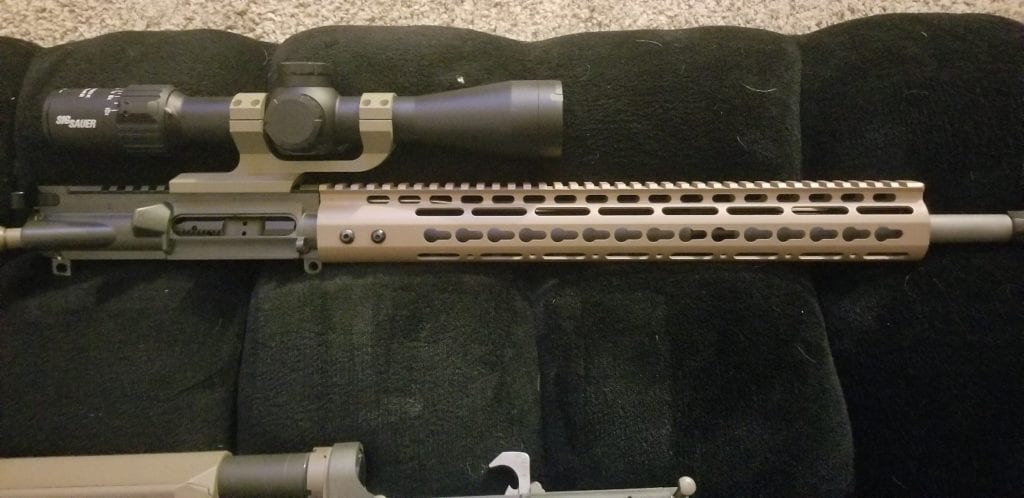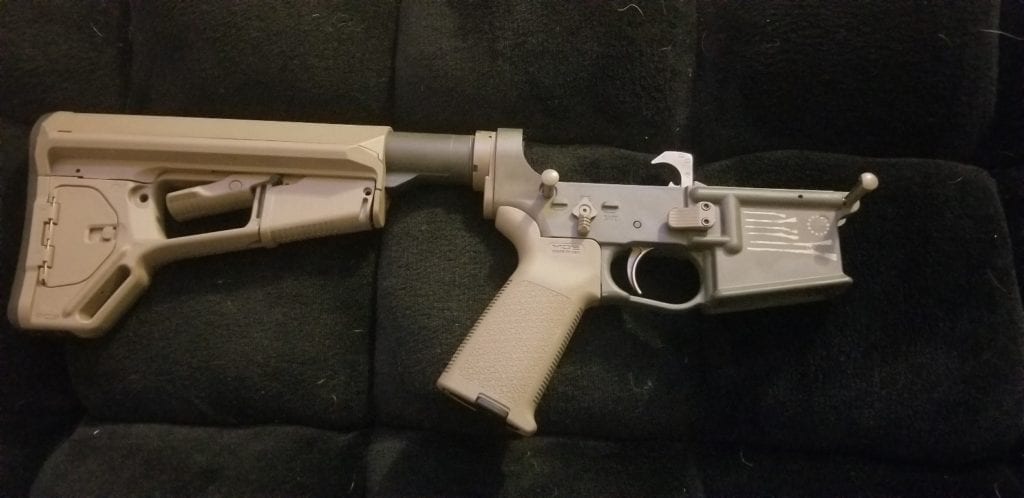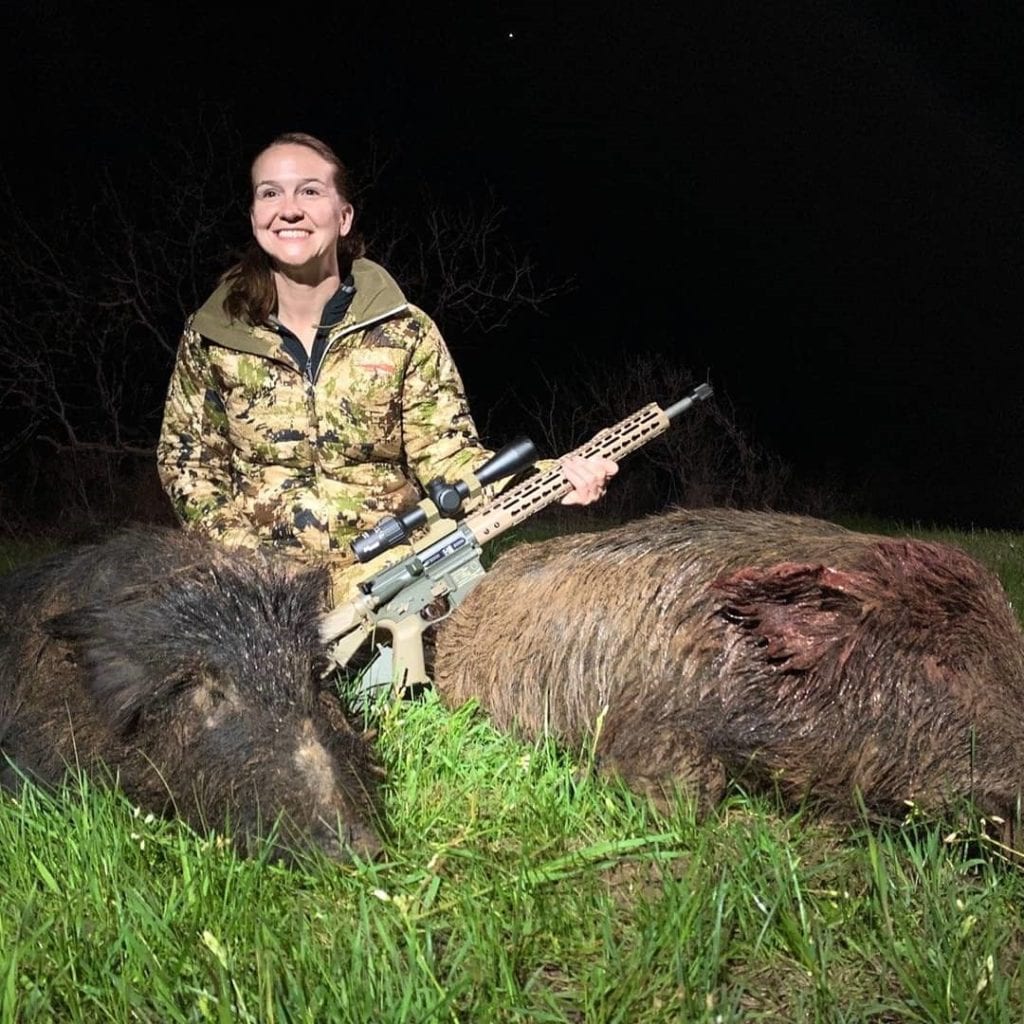I grew up shooting bolt-style rifles but it was not until last year that I shot my first Modern Sporting Rifle (MSR).
I had the impression, that many others hold, that AR stands for assault rifle. This is a misconception based on the similar appearance of the MSR to other rifles that are either fully automatic or have selective fire. Selective fire means the number of bullets that fire with one trigger pull differs and can be changed easily.
The Modern Sporting Rifle
A semi-automatic rifle only fires one bullet per trigger pull. The “A” in these guns actually stands for ArmaLite, the first company that made rifles of this style in the 1950s. There are several good historical articles on the background of AR platforms.
Due to the use of AR platform weapons in competitions, and to help remove the false stigma that AR stands for assault rifle, the MSR term was coined in 2009 to help with rebranding. According to the National Shooting Sports Foundation (NSSF), MSRs are quickly becoming one of the quickest-selling segments of the gun sales market.
I was introduced to the MSR format by an ex-Marine. I did not want to shoot it at first because I had incorrectly adopted this misconception. Many veterans are comfortable with this format of the weapon since they are similar to the ones used in combat. This usage has also led to the widespread introduction of these guns in sporting competitions.
Using an MSR
The second reason many people like the MSR format is the low recoil of the shooter. MSRs use similar systems to what we find in many shotguns. They use the gas that is released in the ignition to help cycle the action. This results in reduced recoil. Gas cycling also drives the bolt of the rifle directly back into the stock. The cycling process also helps reduce muzzle rise, which can be a problem for many shooters. I have a custom 350 Legend and even my 8-year-old daughter enjoys shooting it because of the low recoil.
One of the biggest draws to using MSRs is their modular nature. They come in nearly every caliber and you can virtually pick and choose your parts. The MSR platform is made of a top that is called the upper receiver. The upper receiver has the bolt, barrel, and rail system. You can mount your scope and foregrips to the rail system. It is the upper receiver that determines the caliber of your gun.

The lower receiver consists of the stock, fire control group, buffer tube, and handgrip. The fire control group is the trigger and the firing mechanisms. The buffer tube holds the spring and the buffer, and it is the part that the bolt pushes against during cycling. Upper and lower receivers are interchangeable, so you could have one lower receiver, but many different upper receivers for one modular rifle system.

When I first began to shoot an MSR, I was easily able to change a bolt in the middle of the forest with little instruction. The modular nature of these rifles makes them a fun hobby for both sporting competitors and individuals who shoot for fun.

Despite my initial misgivings due to the popular notion that MSR and AR format guns are all part of an entirely different group of weapons. I have fallen in love with shooting MSR format guns as well as using them as part of my journey from solely being an archery hunter to hunting with firearms.
